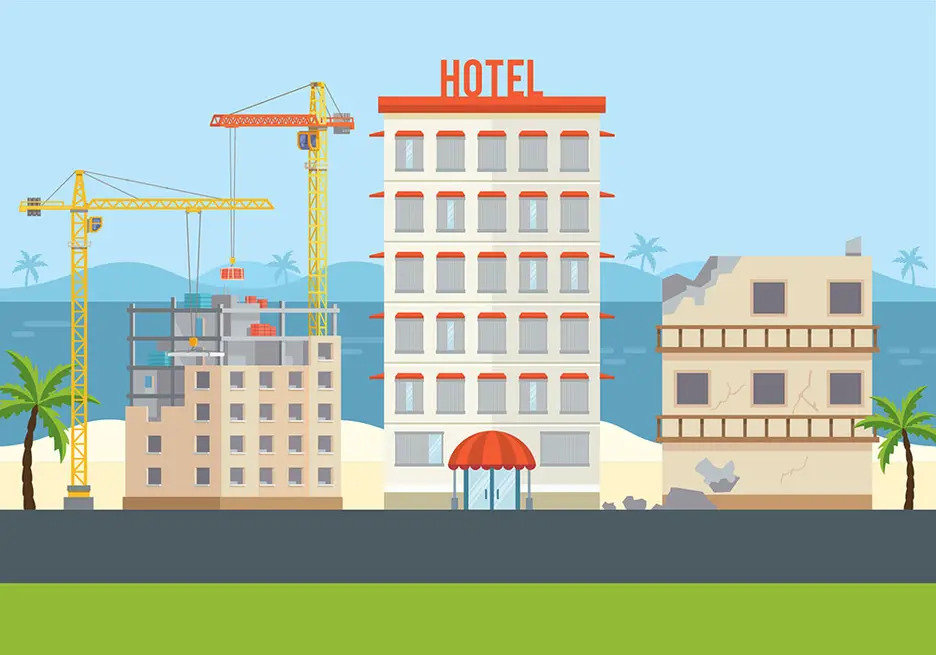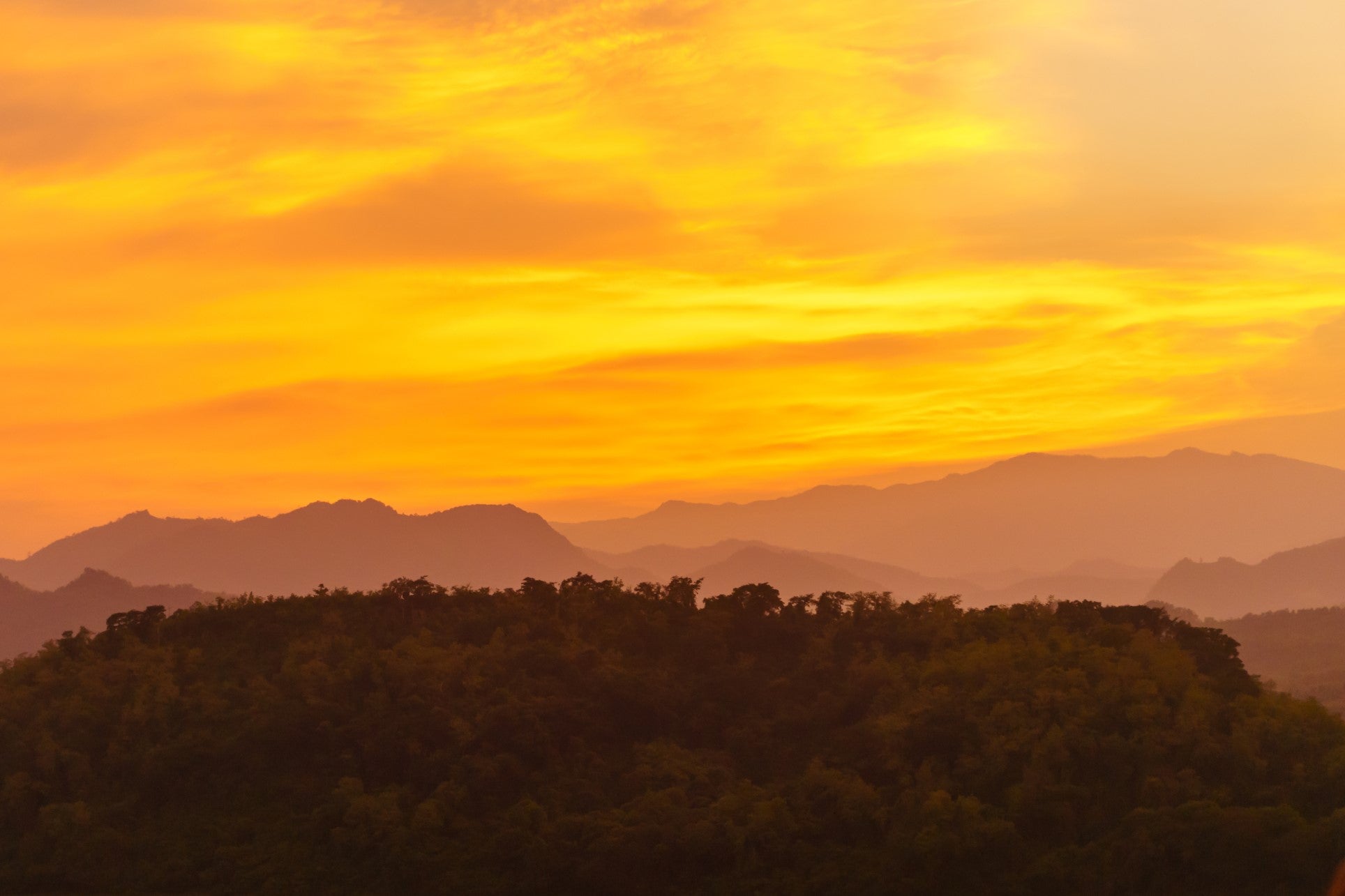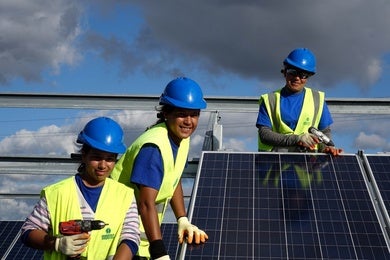Three keys for supporting Caribbean tourism after natural disasters

Over a period of two weeks, the Caribbean was stricken by two devastating Category 5 hurricanes. Tidal surges ravaged pristine beaches, leaving only remnants of what had been homes, luxury hotels, and businesses. For the tourism sector, the second most important source of employment in the region, there will be a period of inactivity estimated to last between three to four months. This could reduce the sector’s revenue by as much as 50%, according to the World Travel and Tourism Council.
Tourism is one of the main economic drivers in the Caribbean. It represents almost 18% of the gross domestic product (GDP) in the region, and in countries like the Bahamas and Antigua and Barbuda, it accounts for as much as 29%. Unfortunately, it is an industry frequently affected by climate change. For example, in early September, Hurricane Irma generated losses amounting to 1.2 billion euros in islands like St. Barts, and affected 95% of the buildings in St. Maarten. Today, after Hurricane Maria, there are still no estimates of the total damages, but it is well known that the level of destruction has been enormous to islands, like Puerto Rico.
In response to these problems, Rogerio Basso, principal investment officer and head of Tourism at IDB Invest (formerly known as Inter-American Investment Corporation) highlights three keys for reactivating the sector after these natural disasters:
1. Sustainable infrastructure
When the El Niño flooding lashed northern Peru in March 2017, the country decided to take a new approach to rebuilding. The Caribbean now has a similar opportunity. Incorporating sustainable buildings will allow the sector to become more resilient and to be better adapted to the effects of climate change and natural disasters going forward.
“We have the opportunity to develop projects that feature more robust structures, to reevaluate hotel design practices and consider the appropriate placement of more vulnerable outdoor amenities such as pools, restaurants and bars, and assess the use of the right materials and finishes that best protect the hotel structure and make them safer,” says Basso.
This is nothing new. Many hotels in Miami are fitted with hurricane proof windows, since they are commonly affected by these natural disasters. Similarly, there were several hotel properties in the Dominican Republic that thanks to the strength of their construction experienced limited damage following the passage of Hurricanes Irma and Maria.
2. Resources for rebuilding and improving
For many Caribbean countries, the goal is to rebuild before the high season which starts at the end of the year and ends on the first quarter of 2018. Unfortunately, not all properties feature the appropriate insurance coverage or have plentiful capex reserves for reconstruction efforts. At last count, it is estimated that the impact of Hurricane Irma alone could generate losses between US$5 and US$15 billion, according to AIR Worldwide.
Those that have insurance for natural disasters could recover a large portion of their investment to renovate their facilities. Additionally, there are hotels that feature business interruption policies that would allow them to mitigate somewhat the impact of temporary closures due to renovations. For Basso, insurance proceeds could also allow hotel owners to rebuild with greater resilience, and further support sustainable development practices. The IDB Invest expert says that “this may be a great opportunity for hotels to address deferred maintenance issues, refurbish their facilities to higher standards and emerge with a more competitive lodging product, thereby enhancing the overall destination.”
3. Incentives from the public sector
Another ingredient for reactivating Caribbean tourism is to have public sector support to improve and rebuild necessary tourism infrastructure like highways, airports and signage that may have been affected or destroyed. In Chile, for example, the 2010 earthquake resulted in economic losses amounting to US$32 billion (approximately 15.1% of GDP), and 75% of the costs to rebuild were assumed by the government, making it possible to reduce somewhat the private sector’s financial burden.
Creating programs to temporarily reduce tariffs related to reconstruction efforts or providing some form of tax relief can support the Caribbean sector’s resurgence, states Basso. This has been done in areas affected by natural disasters, as in the United States following Hurricane Harvey, where the Internal Revenue Service (IRS) gave a tax relief to victims of some eligible parts of Texas.
Experts anticipate that climate change will continue to strike the Caribbean, but no one can predict the magnitude of the upcoming damages in the future, even though there are areas where tourism has been able to revive and even improve its income following natural disasters. For this reason, the only thing to do is to be prepared with resilient and sustainable buildings, and tools to support the resurgence of tourism in the region.
LIKE WHAT YOU JUST READ?
Subscribe to our mailing list to stay informed on the latest IDB Invest news, blog posts, upcoming events, and to learn more about specific areas of interest.
Subscribe


